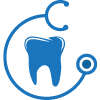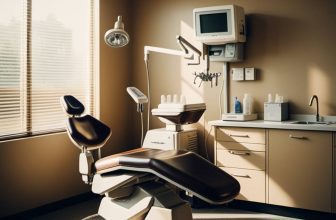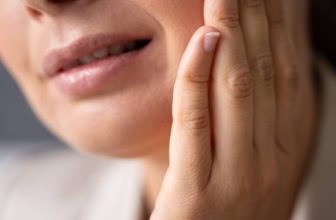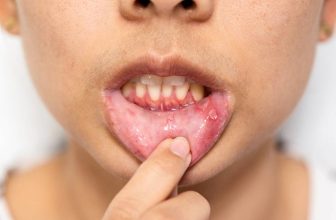In short, the answer is yes. Receding gums can grow back, but it takes some time and effort. Here’s what you need to know.
The main cause of receding gums is gum disease, a bacterial infection affecting the gums and teeth. When left untreated, gum disease can cause the gums to pull away from the teeth, leading to receding gums.
There are several ways to treat gum disease, including antibiotics, scaling and root planing (deep cleaning of the teeth), and laser therapy. If you have gum disease, it’s important to seek treatment as soon as possible to prevent further damage to the gums and teeth.
Once the gum disease is treated, the gums may start to grow back. It may take several months for the gums to regrow fully, but they should eventually return to their original position with proper care.
Why Do Gums Start Receding?
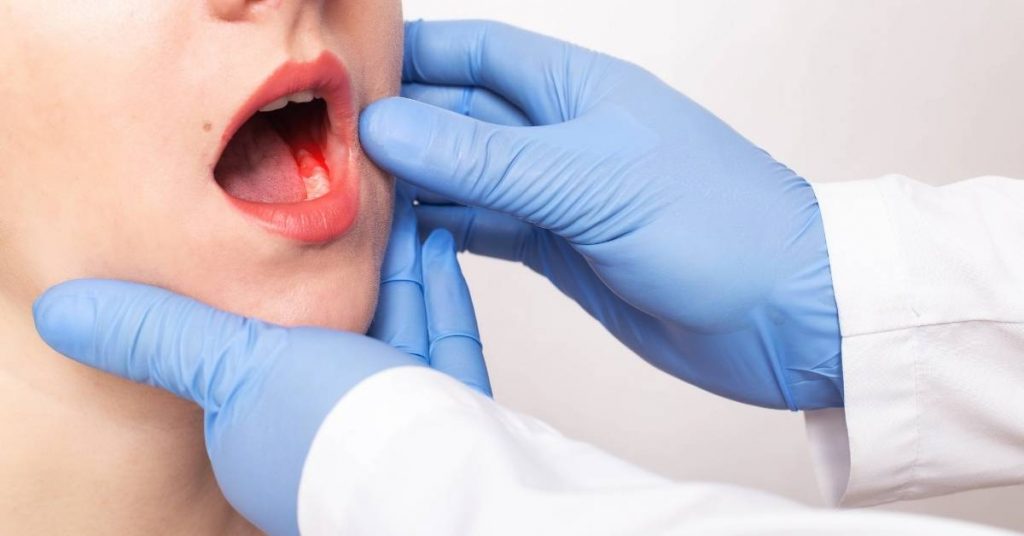
Receding gums are most often caused by gum disease. Gum disease is an infection of the gums that can progress to affect the bone if left untreated. Gum disease is caused by a build-up of plaque on the teeth. Plaque is a sticky film of bacteria that forms on the teeth. If plaque is not removed, it can harden into tartar, contributing to gum disease.
Gum disease progresses through three stages: gingivitis, periodontitis, and advanced periodontitis. Gingivitis is the early stage of gum disease and is characterized by red, swollen, and bleeding gums. Periodontitis is the next stage of gum disease and is characterized by deeper pockets forming between the gums and teeth. Advanced periodontitis is the final stage of gum disease and is characterized by extensive damage to the gums, bones, and connective tissue.
You must see your dentist for a check-up if you have any concerns about your gums. They can assess your risk for gum disease and recommend the best course of action to prevent or treat it.
Can Receding Gums Grow Back Naturally?
Yes, receding gums can grow back. However, it takes time, effort, and commitment. The first step is to treat any underlying gum disease. Once the gum disease is under control, the gums may start to regrow on their own. However, it may take several months for the gums to regrow fully.
To help the gums regrow and prevent them from receding again, it’s essential to brush and floss regularly, avoid tobacco products, and see your dentist for regular checkups. If you have any concerns about your gums, talk to your dentist. They can help you determine the best course of action to keep your gums healthy and prevent receding gums.
How can I make my gums grow back naturally?
There is no one-size-fits-all answer to this question. The best way to make your gums grow back naturally will vary depending on the underlying cause of the receding gums.
However, there are some general things you can do to help promote gum growth, including:
- Treating any underlying gum disease.
- Brushing and flossing regularly.
- Avoiding tobacco products.
- Seeing your dentist for regular checkups.
If you have any concerns about your gums, talk to your dentist. They can help you determine the best course of action to take to make your gums grow back naturally.
How To Prevent Gum Recession

Professional Treatments
SCALING AND ROOT PLANING
Scaling and root planing is a deep cleaning of the teeth that remove plaque and tartar both above and below the gum line. Scaling involves the use of special instruments to remove plaque and tartar from the teeth. Root planing smooths out the roots of the teeth, making it more difficult for plaque and tartar to attach.
ANTIBIOTICS
Antibiotics are sometimes used to treat gum disease. They can be taken orally or applied directly to the gums. Common antibiotics used to treat gum disease include tetracycline, doxycycline, minocycline, amoxicillin, and metronidazole.
LASER THERAPY
Laser therapy is a newer treatment for gum disease that uses a special laser to remove bacteria and tartar from the teeth. Laser therapy is often used with other treatments, such as scaling and root planing.
SURGERY
In some cases, surgery may be necessary to treat gum disease. Surgery can be used to remove plaque, tartar, and infected tissue from the teeth and gums. Gum grafting is a type of surgery that is sometimes used to treat receding gums. In this procedure, the healthy gum tissue is taken from another area of the mouth and grafted onto the area of receding gums.
GUM GRAFTS
A gum graft is a surgical procedure used to treat receding gums. In this procedure, the healthy gum tissue is taken from another area of the mouth and grafted onto the area of receding gums. Gum grafting can help to stop the progression of gum disease and improve the appearance of the gums.
PERIODONTAL MAINTENANCE
Periodontal maintenance is a type of dental cleaning that is more extensive than regular cleaning. Periodontal maintenance cleanings are typically done every 3-6 months. During periodontal maintenance, the teeth are cleaned above and below the gum line. This type of cleaning is often recommended for people with periodontal disease.
FLUORIDE TREATMENTS
Fluoride treatments are sometimes used to help prevent gum disease. Fluoride is a mineral that can help to strengthen the teeth and make them more resistant to decay. Fluoride treatments can be done in the dentist’s office or home with fluoride toothpaste or mouth rinse.
What you can do at home
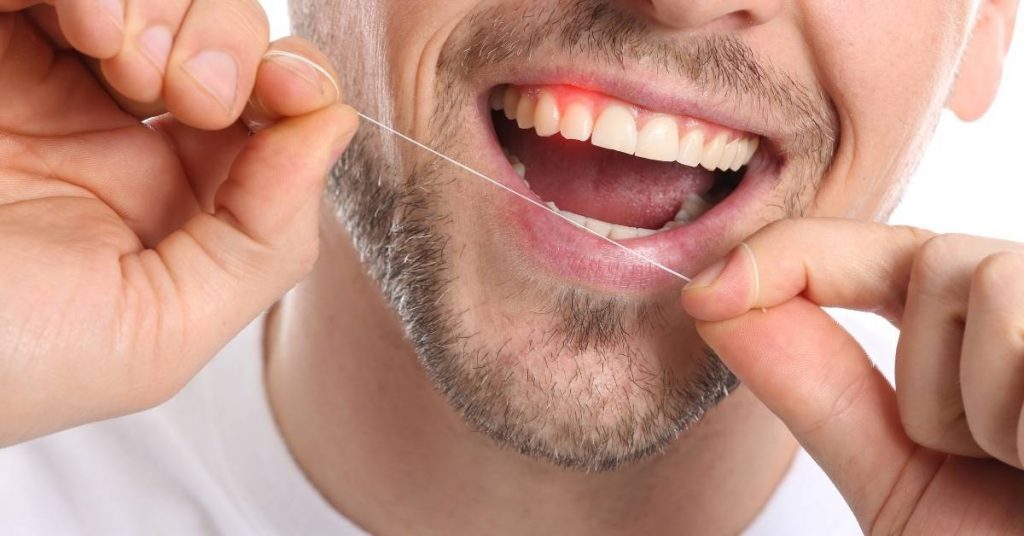
- The best way to prevent gum recession is to practice good oral hygiene and see your dentist regularly for check-ups.
- Good oral hygiene includes brushing twice daily, flossing daily, and using mouthwash. Brush gently around the gum line to avoid damaging the gums.
- In addition to practicing good oral hygiene, you should avoid tobacco products.
- Tobacco use is a major risk factor for gum disease and can contribute to receding gums. If you use tobacco products, you must quit as soon as possible.
- Finally, seeing your dentist regularly for check-ups is essential for preventing gum disease and keeping your gums healthy. Your dentist can spot early signs of gum disease and recommend the best action to prevent it from progressing.
- Learn how to brush your teeth correctly, to make your teeth clean and healthy, and also not to damage your gums further. The best way to brush your teeth correctly will vary depending on your toothbrush and preferences.
- Using a soft-bristled toothbrush. Brushing gently around the gum line. Brushing for two minutes twice a day.
- Flossing daily.
- Using mouthwash.
If you’re concerned about your gums, be sure to talk to your dentist. They can help you determine the best course of action to prevent or treat receding gums.
